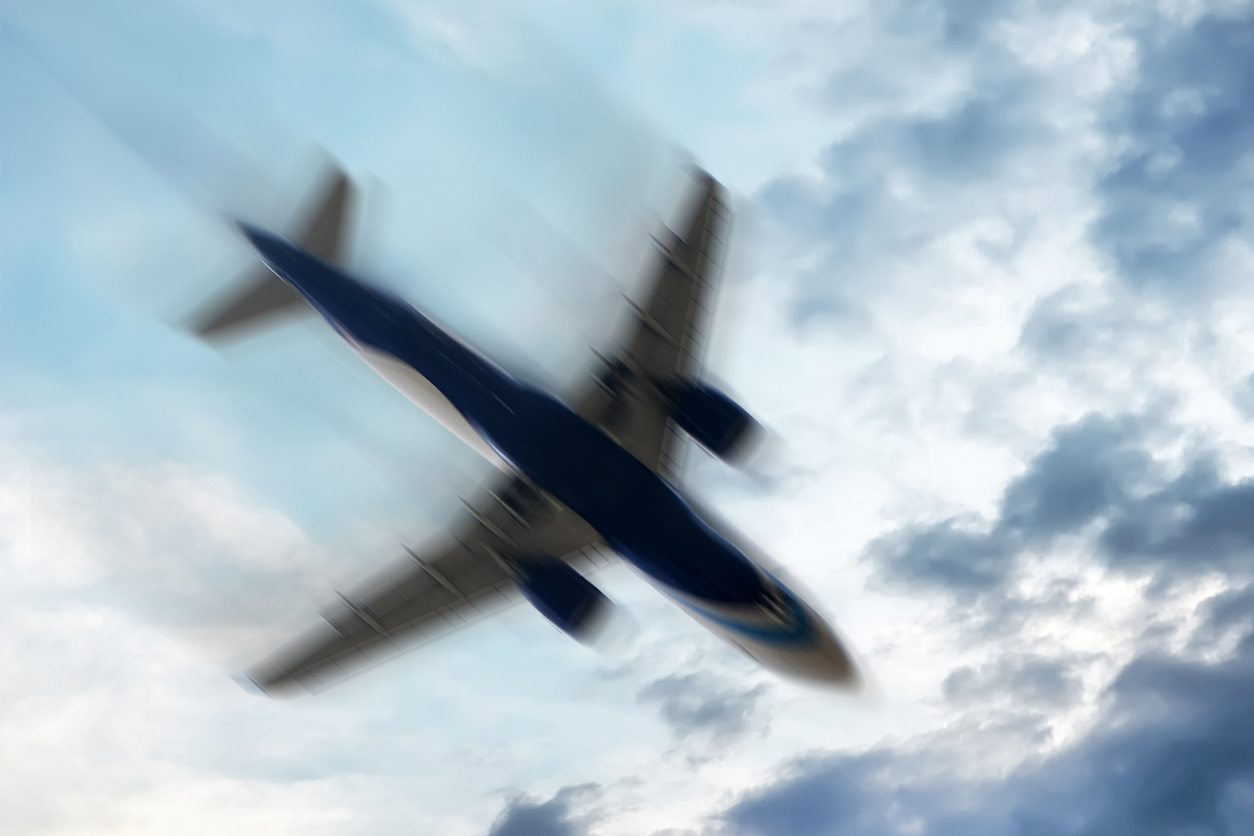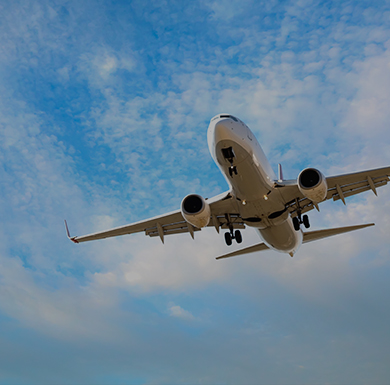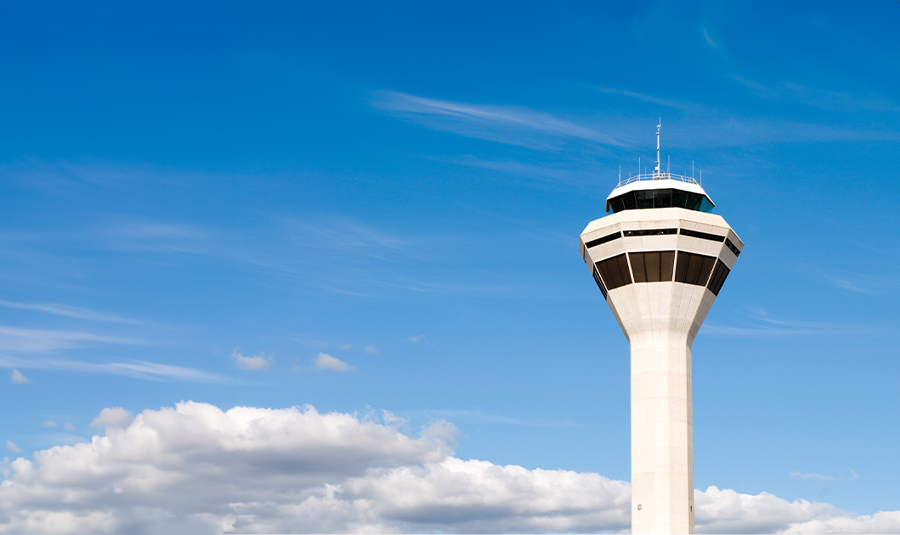
Pilot deviation penalties can be stiff. What is a pilot deviation? A pilot deviation is an action of or by a pilot that results in a failure to comply with an ATC clearance and/or instruction. The penalties for pilot deviations can range anywhere from a FAA Administrative or Enforcement Action, a “709” ride requirement, or even death. Possibly the best (and worst) example of how disastrous a pilot deviation can be comes from the deadliest aviation accident in history…the Tenerife Airport disaster.
On March 22, 1977, at the Los Rodeos Airport (now Tenerife North Airport) in the Canary Islands, two Boeing 747s collided on the runway causing the death of 583 people. At the time of the accident, the Tenerife airport was under dense fog and the taxiways were congested with overflow traffic. Immediately after lining up, the Captain of KLM Flight 4805 advanced the throttles and the aircraft started to move forward. The First Officer advised the Captain that ATC clearance had not yet been given, to which Captain Veldhuyzen van Zanten responded, “I know that. Go ahead, ask.” First Officer Meurs then radioed the tower that they were “ready for takeoff” and “waiting for our ATC clearance”. The KLM crew then received instructions which specified the route that the aircraft was to follow after takeoff. The instructions used the word “takeoff,” but did not include an explicit statement that the flight was “cleared for takeoff.”
First Officer Meurs read the flight clearance back to the controller, completing the read-back with the statement: “We are now at takeoff.” Captain Veldhuyzen van Zanten interrupted the First Officer’s read-back with the comment, “We’re going.” The controller then immediately said “OK” followed by “stand by for takeoff, I will call you,” indicating that he had not intended the clearance to be interpreted as a takeoff clearance. Unbeknownst to the KLM crew, Pan Am Flight 1736 was not clear of the runway. As a result, the two 747s collided, causing the deadliest aviation accident in history.
Let’s use this disaster to learn more about pilot deviations and their associated penalties. As evidenced by the Tenerife collision, the most important thing to know is that pilot deviations can be deadly. Some pilots may be able to stomach a potential FAA Enforcement Action brought against their certificate, but there is not one pilot on this planet that could stomach the death of passengers, crew, and those on the ground. While it may be easy to think “ATC probably won’t notice my screw up if I fly at 25,000 feet instead of 24,700 feet,” or “the FAA won’t ding me for such a small deviation,” you MUST remember that a simple deviation such as that could be the difference between life and death.
However, let’s say for example that the two Boeing 747s at Tenerife managed to avoid collision. Maybe KLM Flight 4805 was able to prematurely rotate and get airborne before striking Pan Am Flight 1736. What would the penalty be for a deviation like this? There were no fatalities. There was no property damage. There was, however, potential for disaster…which is what the FAA is concerned about. In this scenario, the FAA would likely initiate investigation and potentially administrative or enforcement proceedings. There is a litany of Federal Aviation Regulations that the FAA would claim the crew violated, however 14 C.F.R. §91. 123 and 14 C.F.R. §91.13 are used most often. §91.123 speaks to compliance with ATC clearances and instructions and §91.13 speaks to careless and reckless operations. Note that the §91.13 “careless and reckless operation” card is one that the FAA regularly plays, ancillary to other FAR violations. The penalties to such violations could include no action, a warning notice or letter of correction, a “709” ride, certificate suspension, civil penalties, and even certificate revocation.
If you are the subject of a FAA investigation, administrative or enforcement action, or civil penalty, make sure you contact an aviation attorney to speak about your possible defenses. In most cases, filing a NASA report is a good idea if you deviated from ATC clearance or instruction. If you have any questions about pilot deviation penalties and defenses, call an aviation attorney at The Ison Law Firm. We are standing by to vector you through legal turbulence…call us at 863-712-9472 or e-mail to [email protected].
Contact the Aviation Lawyers from The Ison Law Firm Aviation Lawyers for Help Today
You need both a pilot and a lawyer on your side for your aviation law needs. Don’t hesitate to contact our team from The Ison Law Firm Aviation Lawyers to schedule a confidential consultation with an experienced aviation lawyer today.
We’re pilots representing pilots. The Ison Law Firm Aviation Lawyers offers FAA enforcement defense and medical certification representation worldwide!
The Ison Law Firm Aviation Lawyers
Phone: Toll-Free 855-322-1215
Office Hours: Mon – Thu, 9:00 AM to 5:00 PM
Fri, 9:00 AM to 12:00 PM
Messages left for attorneys after these business hours will be addressed the following business day, during business hours

